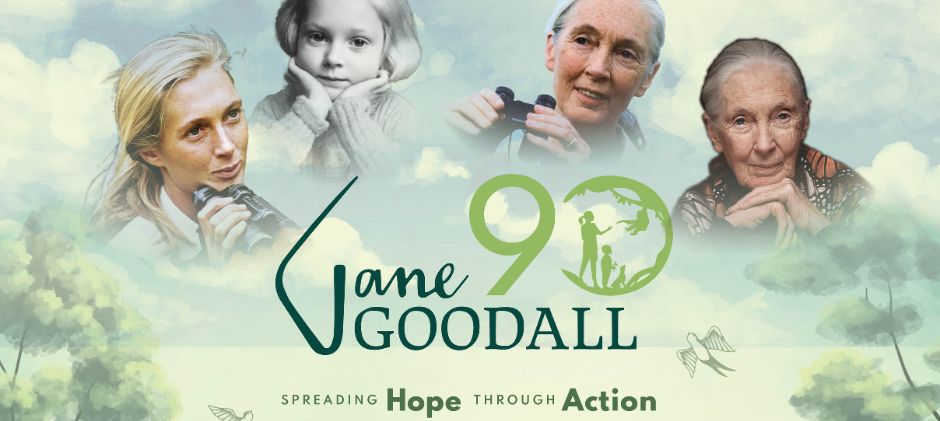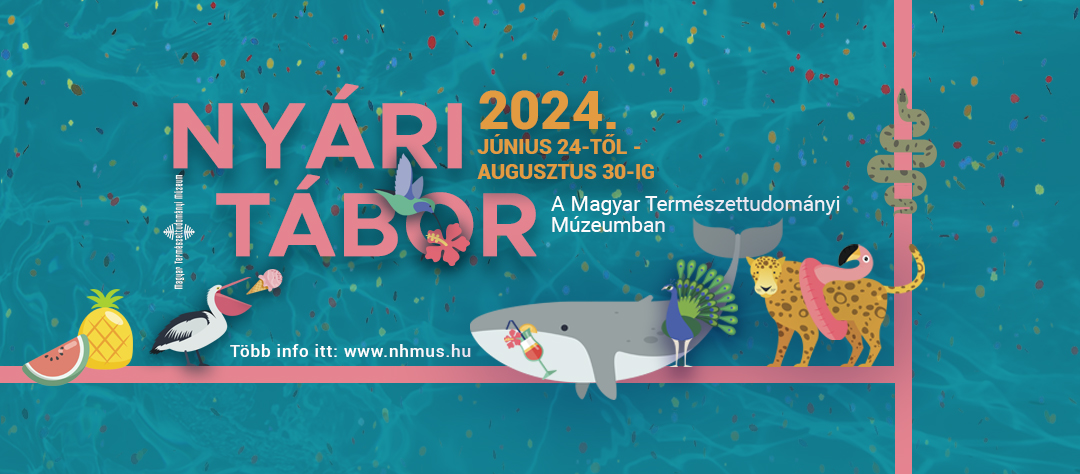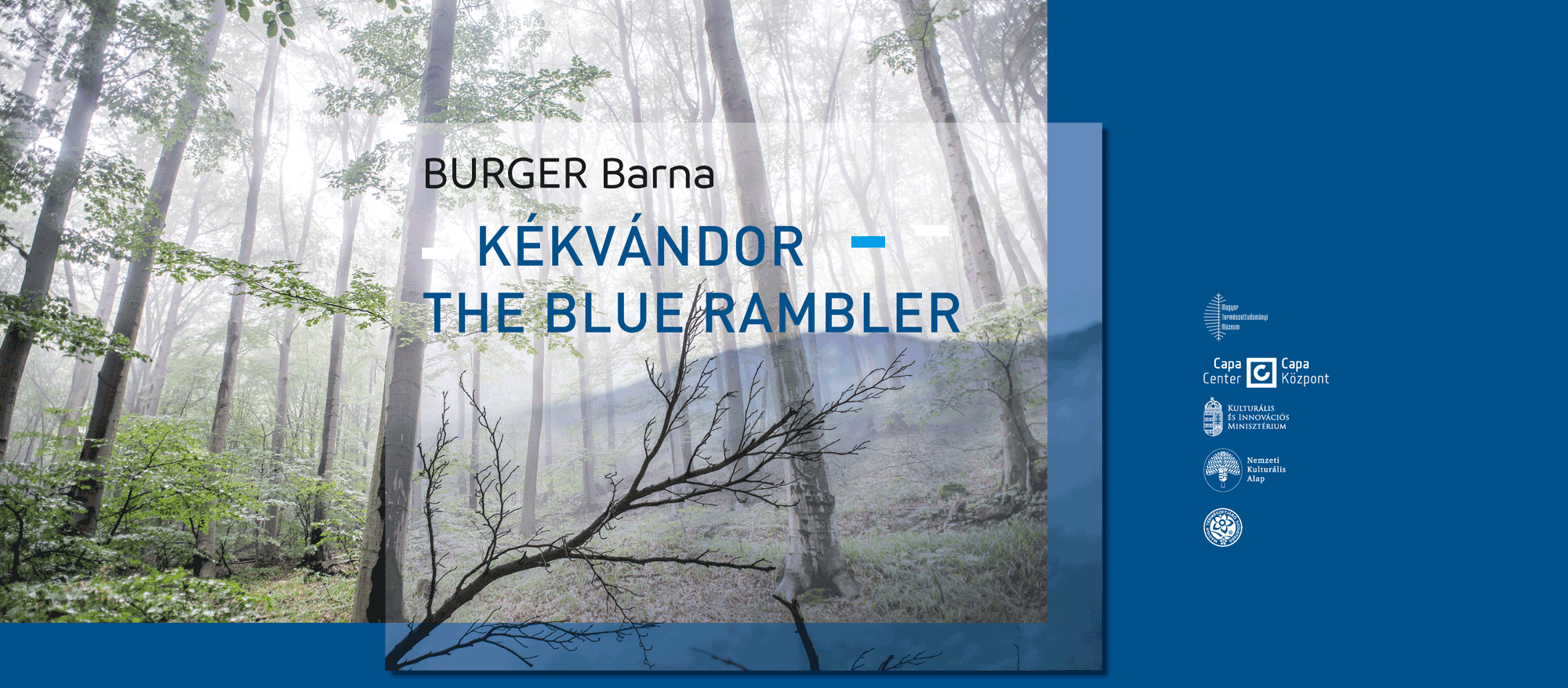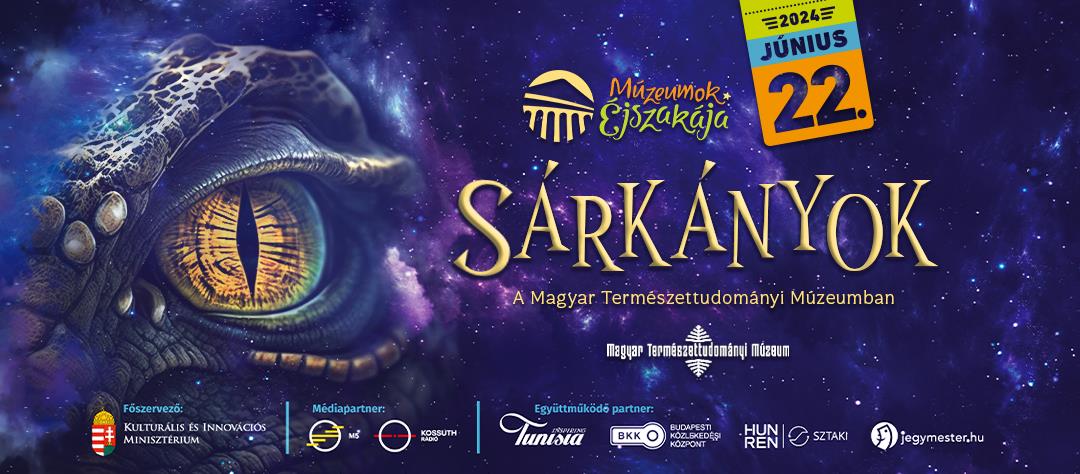Curators worked for the collection in chronological order (duration of service is in parentheses):
Frivaldszky, Imre (1822–1851)
Frivaldszky, János (1851–1895)
Kuthy, Dezső (1895–1897)
Csiki, Ernő (1897–1932)
Székessy, Vilmos (1933–1970)
Kaszab, Zoltán (1937–1986)
Endrődy-Younga, Sebestyén (1957–1963)
Horvatovich, Sándor (1965–1976)
Endrődi, Sebő (1966–1984)
Tóth, László (1970–1992)
Merkl, Ottó (1981–2021)
Szél, Győző (1982–)
Makranczy, György (2009–)
The first traces of the Hungarian Beetle Collection are found in a catalogue dated 1821. 158 specimens are mentioned there, however, they seem to have been lost.
The first entomologist of the Museum was Imre Frivaldszky. Initially, he was preparing for a medical career, but after graduation his passion for natural science turned him to the Museum. Firstly, he was appointed as an assistant curator of the seed plants upon his own request and only a couple of years later, he became the curator of the beetle material. His collecting activity extended beyond the Carpathian Basin, toward the Balkan Peninsula, Asia Minor and Crete to where he organized expeditions on his own account. In 1864 he purchased Georg Dahl’s materials that held 6,000 (mainly Hungarian and Austrian) specimens. The majority of this collection was destroyed by the flood in 1838. The few specimens that survived the flood are the oldest existing beetle specimens in our Deaprtment.
When Imre Frivaldszky retired in 1851, the Coleoptera collection preserved 10,000 specimens representing 3,500 species, however, he also maintained an important private collection which was three times larger than that of the Museum. Today, possessing private collections by staff members is prohibited by a special Act.
Imre Frivaldszky was followed by János Frivaldszky, who had no higher education of natural science, but acquired all the knowledge he needed from Imre Frivaldszky’s library. During the 44 years he served the Museum, the number of the items increased to about 120,000 specimens of 18,000 species. The 1850s was the first time when small exotic materials were given to the collection. The first significant exotic materials were sent by János Xantus in 1862 from the Americas which were followed by other remarkable pieces from Eastern Asia in 1870. Important fulfilment was the purchase of Imre Frivaldszky's private collection which had numerous type specimens described by himself and other European experts.
János Frivaldszky and his colleagues travelled all over the mountains of the Carpathian Basin, the coast of Croatia and the Velebit Mountains, always returning from their trips with valuable materials. The collection was also enriched by donations, exchanges and purchases from private entomologists.
After János Frivaldszky died in 1895, Dezső Kuthy held the position “custodian of the Coleoptera Collection” for two years. Although he was not a professional entomologist, he gathered several rarities mostly from the surroundings of Budapest, the Great Hungarian Plain and the Arad County. He was the author of the Coleoptera volume of the series “Fauna Regni Hungariae”, the first comprehensive list of the beetles of the Carpathian Basin.
Between 1897 and 1932, a professional coleopterist, Ernő Csiki was in charge and enhanced the collection with overwhelming material, in regards to quality and quantity. Bounteous donations and special subsidies enabled significant purchases and extensive collecting trips to every part of the Carpathian Basin and in various exotic countries such as Southern Russia, Siberia, Mongolia or China. In New Guinea, Lajos Bíró spent six years (1896–1902) collecting ethnological and zoological (particularly Microcoleoptera) materials, but precious beetles were brought from East Africa by Kálmán Kittenberger; from Abyssinia by Ödön Kovács and from Turkestan by György Almásy as well. The immense Palaearctic collection of Edmund Reitter should be mentioned as the most remarkable of the ones got to our museum via purchase.At the time of Ernő Csiki's retirement (1932), the number of specimens exceeded 1 million.
In 1933, Vilmos Székessy was appointed as Senior Curator of the Coleoptera Collection. He graduated from the University of Vienna, however, he acquired his entomological and museological knowledge from Karl Holdhaus in the Museum of Vienna. Between 1945 and 1960 he was the Director of the Department of Zoology and in 1960 he was promoted for the position of General Director. Initially, his zoogeographic researches focused on taxonomy of Staphylinoidea and Silphidae but his main interest later turned into Strepsiptera. With Zoltán Kaszab, they began the methodic resort of the Collection; pieces of which were stored unsafely in their original boxes of poor quality. Dismantling the separate collections, they transferred the specimens into safely closing drawers and united the whole material in taxonomic order of families. As a result of ten years work, species belonging to the same family have a place in the same storage unit.
In 1937, Zoltán Kaszab joined the staff of the Coleoptera Collection. He is believed to be one of the most outstanding personalities of the Hungarian coleopterology. During his service (1937–1986), the collection expanded from 1.2 million to 3 million due to extensive collecting works in Hungary as well as in various exotic countries. Although the most remarkable items stem from Mongolia, we have important materials from New Guinea by János Balogh, from Australia by György Hangay, from several South American countries by a soil zoological expedition, from Ghana and Congo by Sebestyén Endrődy-Younga, from Argentina, India and Vietnam by György Topál and from North Korea by a series of zoological expeditions. Today, our Coleoptera collection is considered to be one of the greatest in Europe.
Zoltán Kaszab won recognition of the scientific community basically for his six expeditions, collecting and processing works in Mongolia (1963–1968), in a country that was almost completely unexplored in a zoological point of view. He brought a half million specimens, including 200,000 beetles from there. His results were published in scientific journals in the series "Ergebnisse der zoologischen Forschungen von Dr. Z. Kaszab in der Mongolei", which comprised over 500 articles accounting for 8,000 printed pages written by 200 authors from 20 different countries. As an expert of Tenebrionidae and Meloidae, he created a world-renowned collection of the families (see under “The most remarkable parts of the Collection”).
After Kaszab's retirement (1985), Ottó Merkl became the manager of the Coleoptera Collection. His museological activity is considerably governed according to the strategy established by Zoltán Kaszab. Although the extensive period of collection development is history by now regarding the Hungarian fauna, increasing numbers of expeditions (mainly to Southeast Asia) occurred in the tropics as opportunities to enrich our beetle materials. Presently, our main and most challenging job is to process, identify and publish the materials collected during the expeditions in the 1960s and 1970s, that we are able to implement with the help of other coleopterological institutes and private coleopterists all over the world.
Another important task is to achieve feasible cooperation and collaboration with the Hungarian National Parks and protected areas to be able to reveal, collect, and process their beetle fauna.



